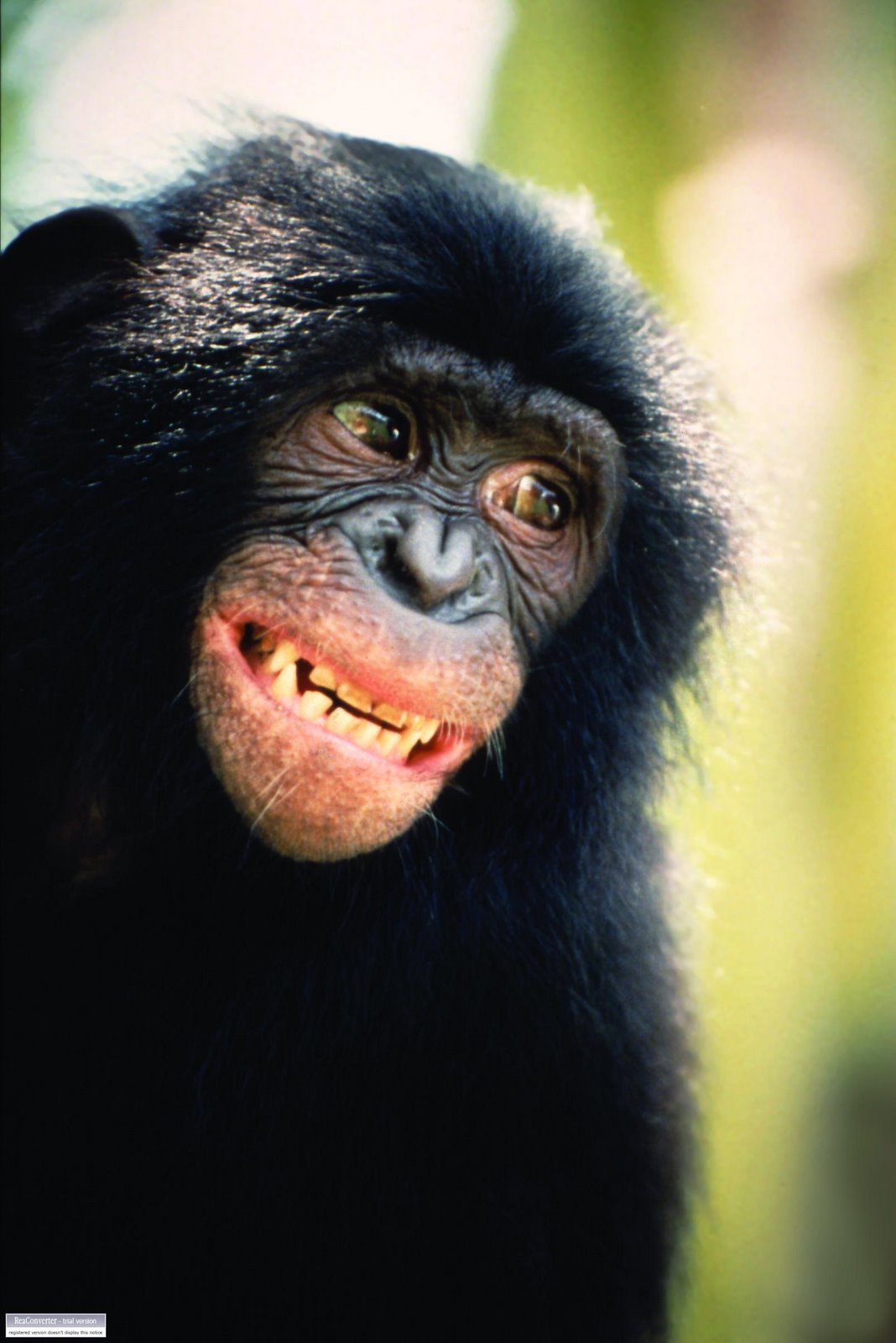
 It was drizzling rain in Georgetown, Guyana, when we visited the Guyana Zoo in January 2006 to solidify collaboration between the Jacksonville Zoo and various conservation entities in the South American country once called British Guyana. The Guyana Zoo is located on a small site within a larger city park complex.
It was drizzling rain in Georgetown, Guyana, when we visited the Guyana Zoo in January 2006 to solidify collaboration between the Jacksonville Zoo and various conservation entities in the South American country once called British Guyana. The Guyana Zoo is located on a small site within a larger city park complex.One of the most interesting sights at the zoo was a body of water (where the public could walk right up to the edge!) full of manatees. While we were there, zookeepers dumped vegetation into the shallows and the lumbering beasts gathered, and almost exited the pond, in their haste to eat. Dr. Nick Kapustin, Senior Veterinarian at the Jacksonville Zoo, is photographing an animal at the water's edge.
The West Indian manatee is considered to be a single species that ranges from Florida to north east Brazil. Taxonomists believe that the DNA evidence points to three subspecies, with the Florida subspecies being the largest (can weigh over 3,000 pounds) and the most studied. All of them are endangered, from hunting in South America to boat strikes in the United States.
Manatees are slow-moving, non-aggressive, nearly hairless animals that have no hind limbs. They consume up to ten percent of their weight daily in aquatic vegetation and sea grasses. They can tolerate brackish waters and have a maximum life span of around 50 years. Manatees are generally solitary, with the exception of the mating herds. Calves stay with their mothers for two years.
Photos by J. Fletcher, Times Union












No comments:
Post a Comment